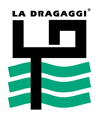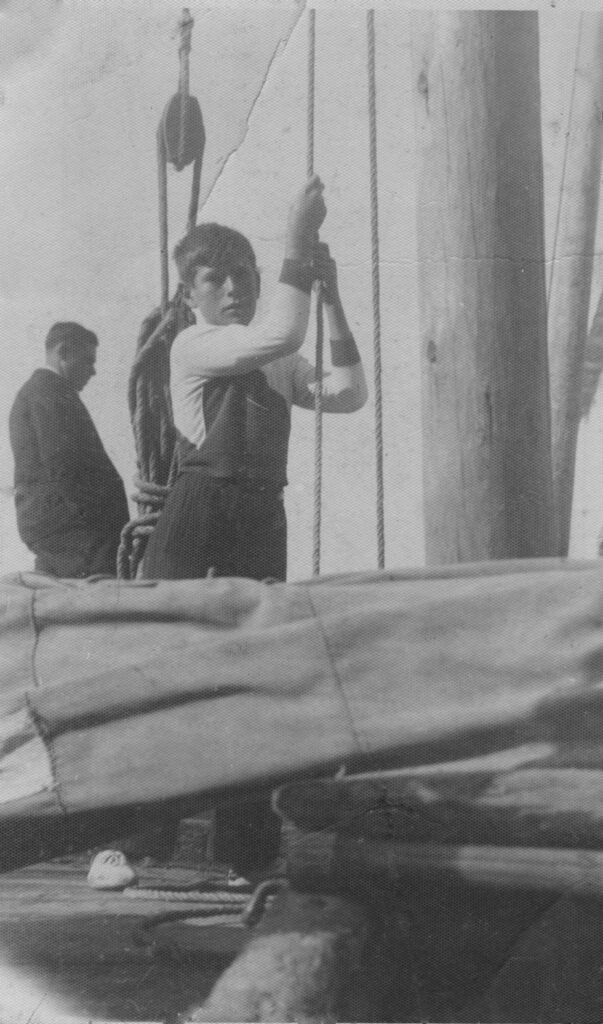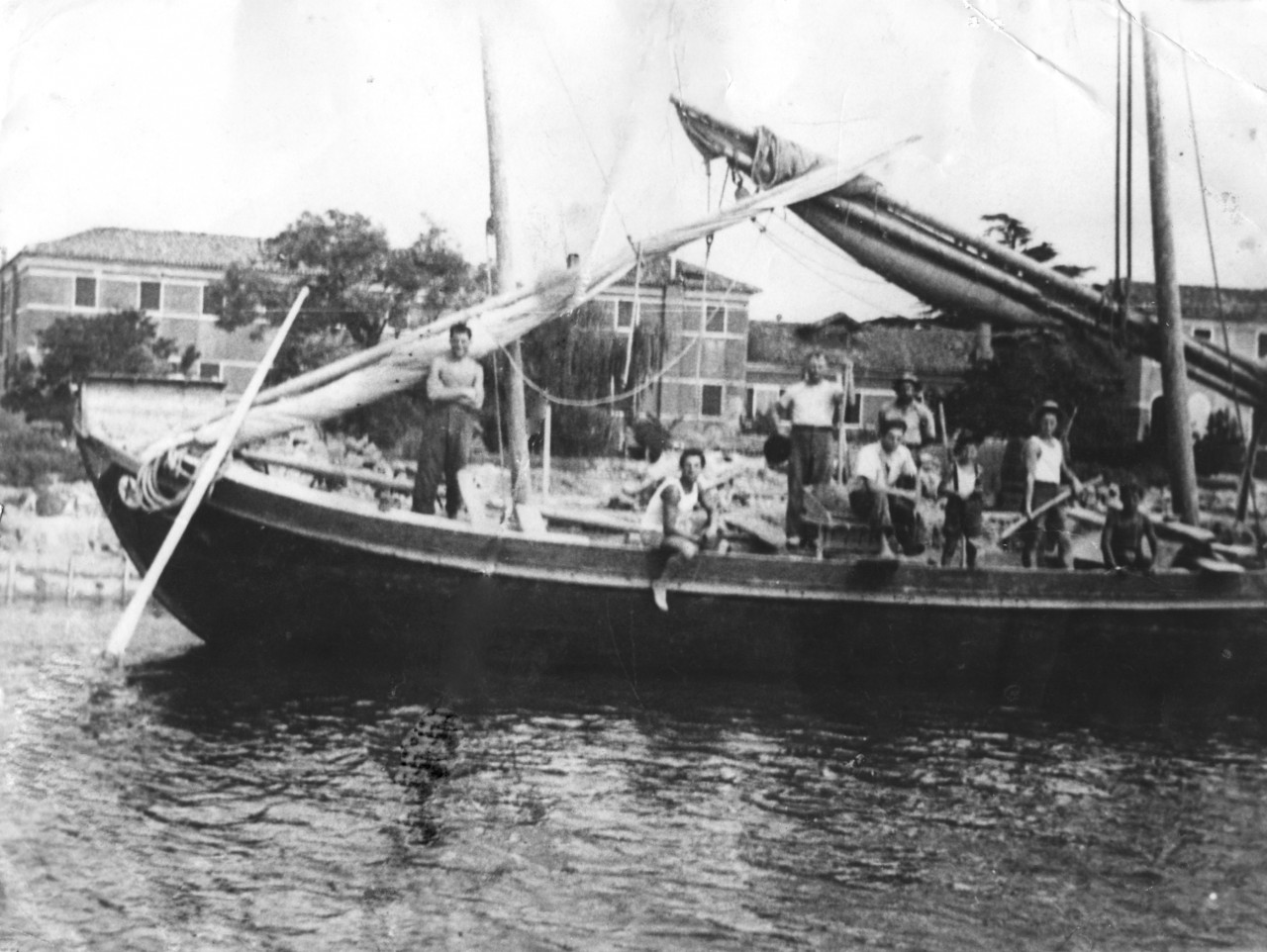The history of dredging and maritime works of the Boscolo Cucco family from Chioggia begins around 1870 with a 25-meter barge for the transportation of mixed goods, from agricultural products to sand, bricks and rubble, in that unique environment that is the Venetian Lagoon where the trades of land and water have been coexisting from the beginning of time.
In an era in which barter and exchange were still an economic system, one that will survive as an archaic wreck until the 1940s, even the transporters were often paid in kind, with services and products of their own customers.
Around 1900, Eugenio Cucco receives bequeathed by his father the barge which starts “sabbionate” i.e. transporting loads of sand, gravel and other inert material employed in the construction and building of infrastructure, although without abandoning mixed transport. During the Great War of 1915-1918, the watercraft was armed with a machine gun and transformed into a battleship stationing at the mouth of the Piave.
This are the years of the sailing Navy which, according to a strong and deep-rooted tradition typical of the Adriatic, was also the emblem of the boat badge and the family, through the colors and symbols painted on it. The Cucco family thus had its own sail-boat, red background and black sail-tip and clew cringle, with the symbol at the center formed by a tree with two birds on its branches.



